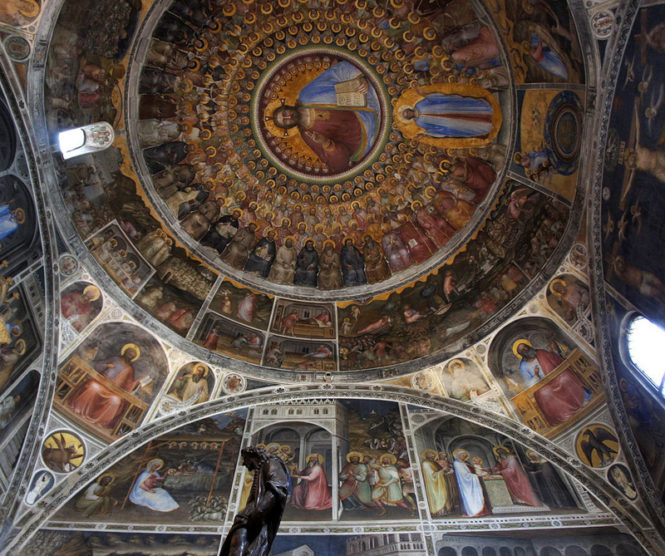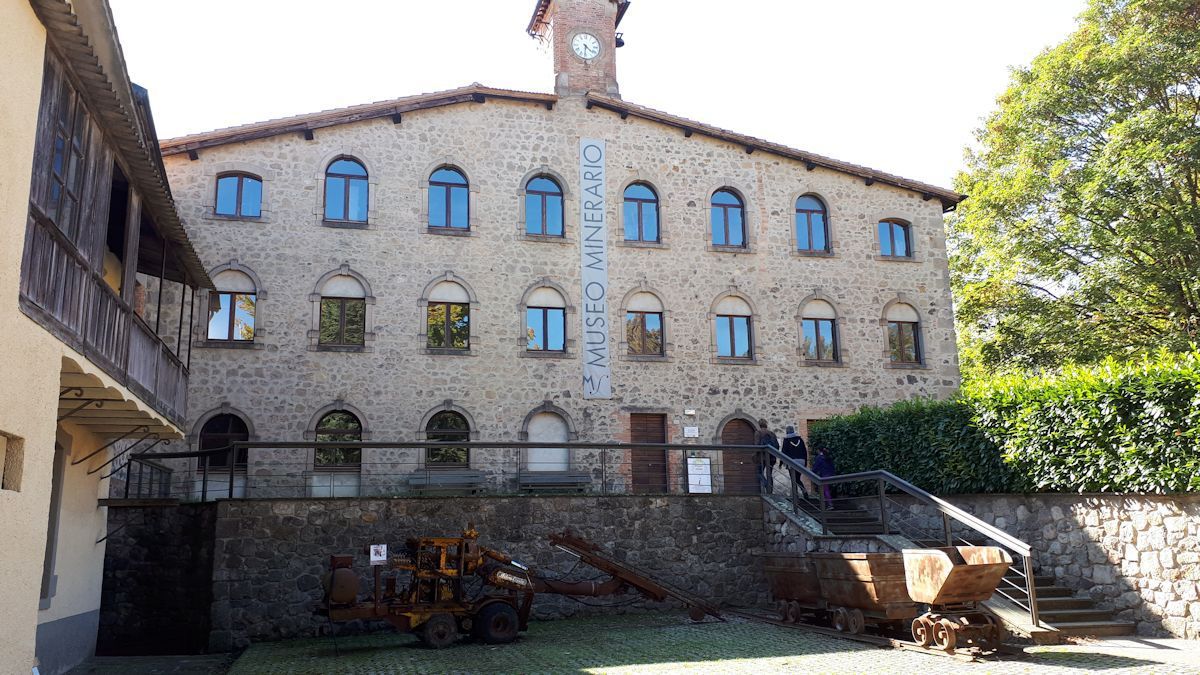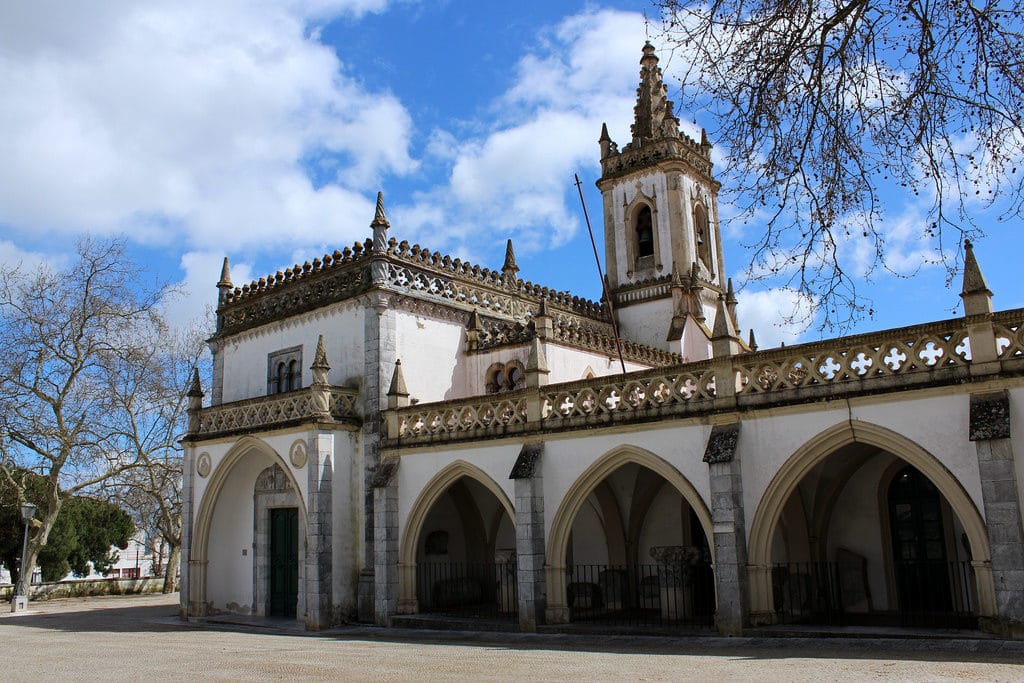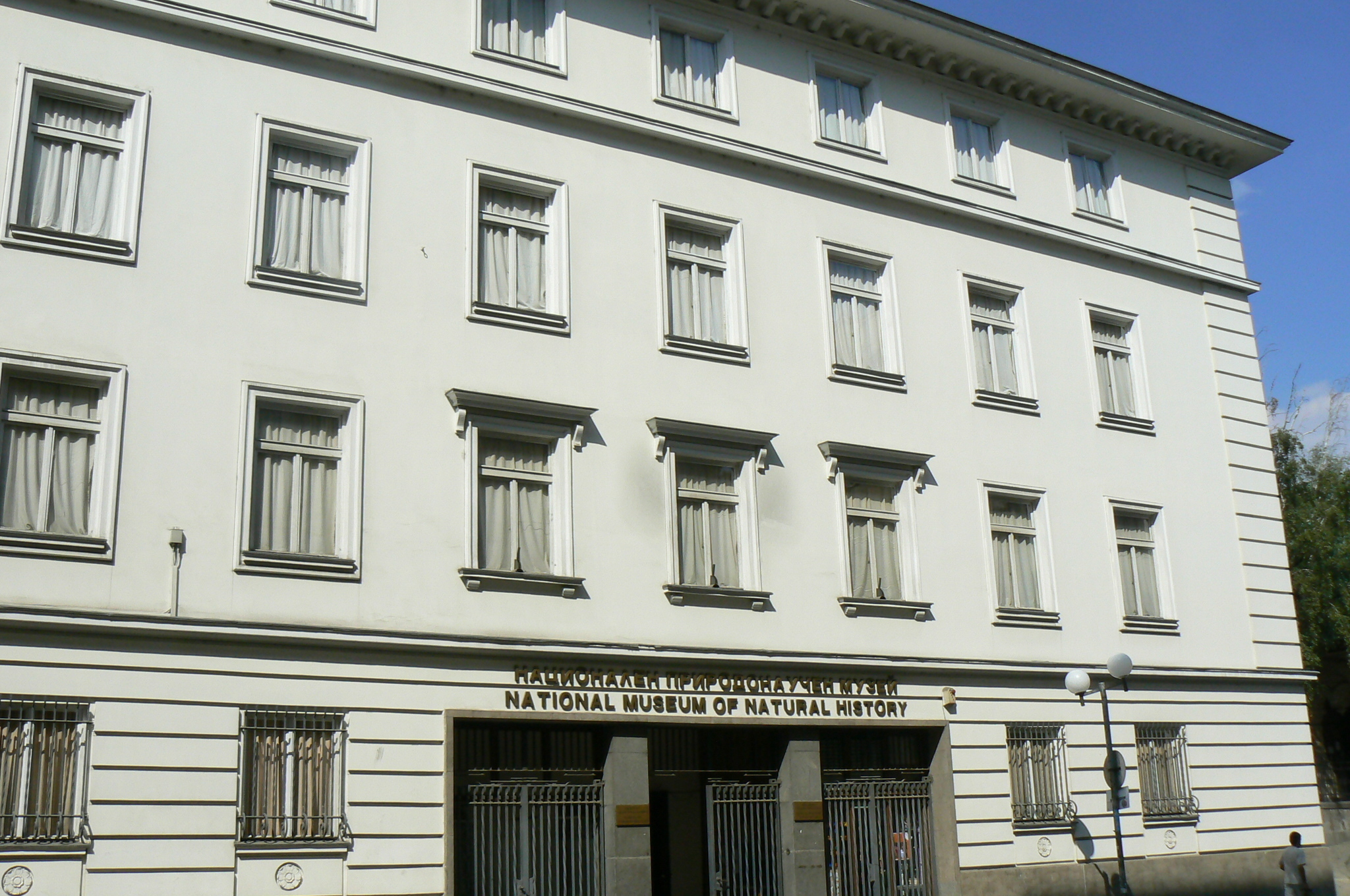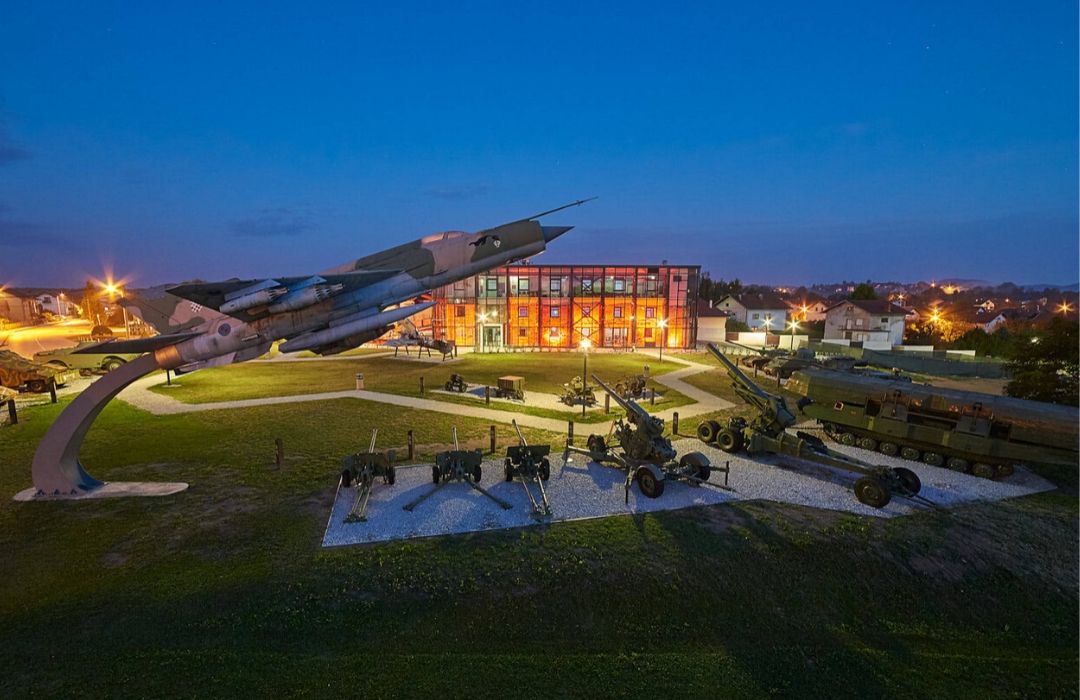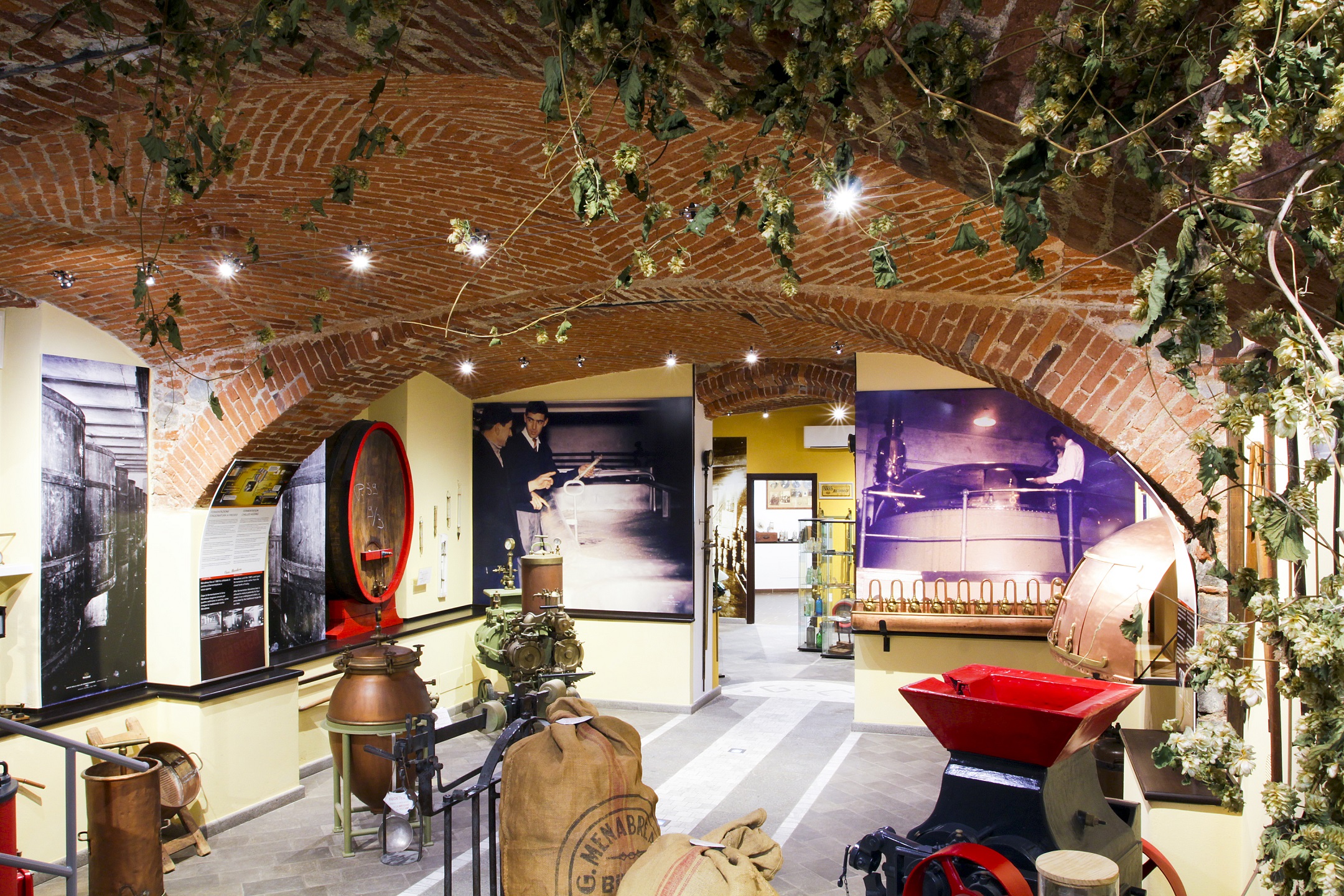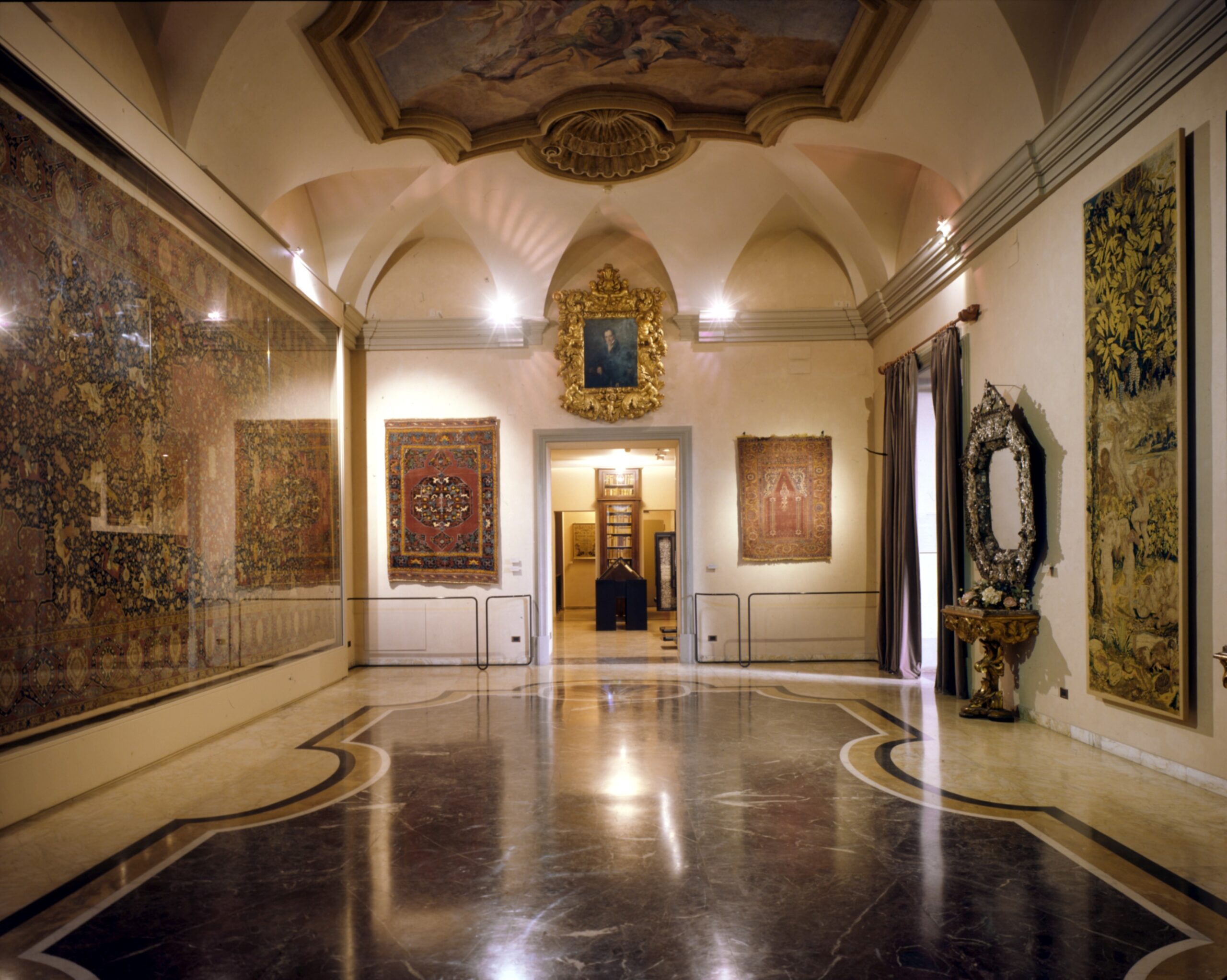Baptistery of Padua is worth a visit above all for the artistic value of the frescoes by Giusto de’ Menabuoi, as well as for the importance linked to the history of the Carraresi Seignory.
Giusto de’ Menabuoi was born in Florence around 1330 and spent his youth in Tuscany and, having become a painter, of Giotto’s training even if this is not documented, he started working in Lombardy before being called to Padua at the court of the Carraresi, replacing the previous court painter, Guariento. It was Fina Buzzaccarini, wife of Francis the Elder, who commissioned him to work on the Baptistery of Padua, intent on making this place a mausoleum that was also a treasure chest of art. When you enter a small space you have the feeling of being enveloped and surrounded by a wave of colour and when you enter it is one of those places that makes me feel proud to be Padua. On the other hand we are talking about a masterpiece of fourteenth century art, after the Scrovegni Chapel frescoed by Giotto, the most significant of the fourteenth century frescoes in Padua, Giusto de’ Menabuoi took 3 years to complete the work. Between 1375 and 1378 was realized the entire painting cycle dedicated to episodes of the Old and New Testament. In the centre of the dome, Paradise with Christ Pantocrator surrounded by angels arranged in concentric circles and the Madonna accompanied by a double array of angels and a triple array of saints thus creating a symbolic link between Christ and humanity. Looking up at this Last Judgement one feels observed and judged by many eyes! In the last group are represented 37 Saints venerated in Padua!
On the walls behind the high altar the rare almost complete depiction of the Apocalypse with all the various episodes depicted as they are described except for one detail: the beast with seven heads emerging from the sea has papal tiaras on each head and this is a mystery.
